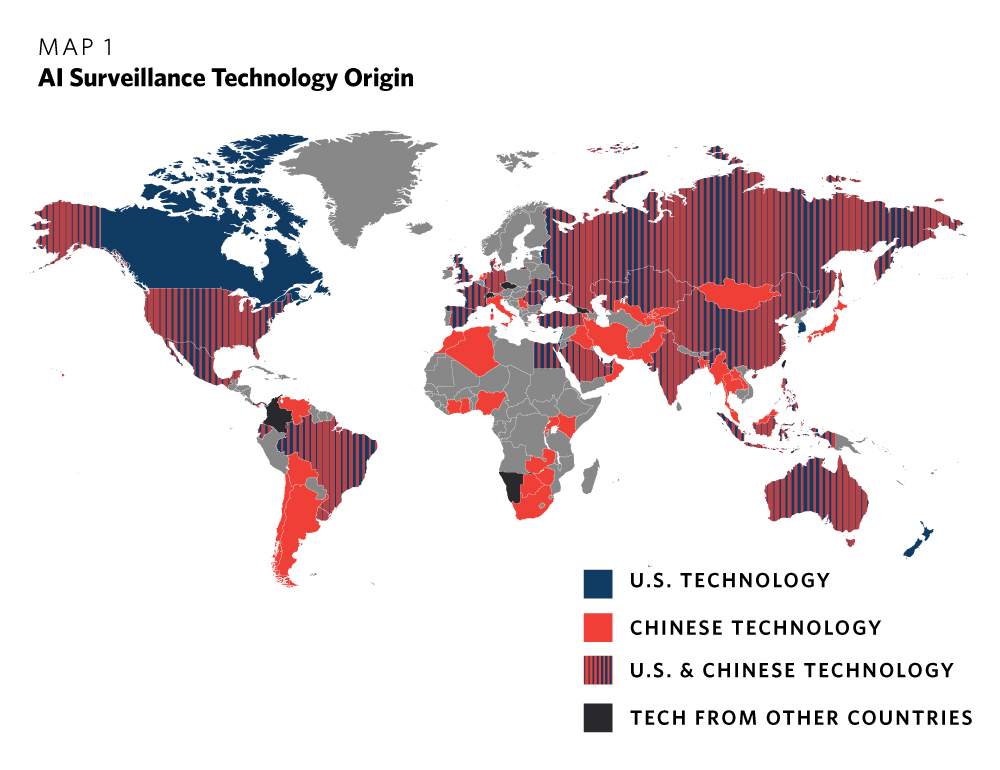Enhancing Airport Security: The Future of Facial Recognition in Montana
As technology continues to reshape the way we travel, the Transportation Security Administration (TSA) is gearing up to implement advanced Credential Authentication Technology (CAT) at five major airports in Montana. This innovative system plans to leverage facial recognition technology to expedite the identity verification process for travelers, marking a significant leap forward in airport security protocols.
A New Era in Travel Security
The CAT-2 units, set to roll out at Bozeman-Yellowstone International Airport, Billings International Airport, Great Falls International Airport, Helena Regional Airport, and Missoula International Airport, utilize real-time photo matching mechanisms. This technology not only verifies the traveler’s identity by comparing their ID photo with their live image but also aims to streamline the overall security process at busy checkpoints.
With first-generation CAT units already in use across the state, the upgrade to CAT-2 will enhance the existing capabilities substantially. Previously, TSA officers performed visual identifications based on photo ID submissions. Now, by integrating facial recognition technology, the verification becomes faster and potentially more reliable, allowing officers to focus on screening rather than identity checks alone.
Innovative security solutions in airports enhance traveler experiences.
The importance of security in air travel cannot be overstated. As travelers navigate the complexities of airport procedures, the introduction of optional facial recognition technology is designed to improve travelers’ experiences while maintaining rigorous standards of safety and identity verification.
The Mechanics of CAT-2 Technology
The role of CAT-2 technology in the security landscape is pivotal. Upon arrival at the security checkpoint, travelers will now have their IDs scanned. The CAT-2 unit captures a real-time photo of the individual and matches it against the image stored on the ID. Once the match is confirmed, TSA officers can allow travelers to proceed to screening without the need to hand over their boarding passes, a move aimed at reducing touchpoints and enhancing efficiency.
As stated by Kc Wurtsbaugh, the TSA Federal Security Director in Montana, “TSA continues to invest in technologies that streamline the process for travelers while enhancing security.” Not only has the introduction of this technology been an effective identity verification tool, but it’s also geared towards enabling a smoother travel experience. Wurtsbaugh reiterated that participation in the facial matching process is optional, offering an alternative verification method for those who prefer not to engage with this technology.
Security and Privacy Considerations
With advancements in technology comes a wave of public concern regarding privacy and data security. The TSA assures the public that photos captured by the CAT units are solely used for immediate identity confirmation and will not be stored or utilized for any other purpose. This assurance aims to foster public trust, which is crucial as agencies integrate increasing levels of technology into operational frameworks.
Travelers can rest easy knowing they retain control over their identity verification process. Those reluctant to participate in facial recognition protocols have the ability to opt for traditional methods, ensuring all travelers, regardless of their comfort level with technology, can navigate airport security effectively.
Modern security measures enhance efficiency without compromising safety.
The Broader Impact of Technology in Agriculture
Shifting gears to another area where technology is making substantial inroads, the first indoor vertical berry farm has opened its doors in Virginia. This innovation, which utilizes artificial intelligence (AI) to boost production, illustrates how tech advancements are influencing industries beyond aviation.
The vertical farm is expected to generate 4 million pounds of berries annually, showcasing the robustness of AI-assisted farming techniques. These technologies promise to revamp traditional agricultural practices, leading to more sustainable methods of food production and addressing challenges such as climate variability and food scarcity.
Tech expert Kurt Knutsson emphasizes the significance of such developments by stating, “the trends in technology, especially in agriculture, promise a transformation that could permit us to meet growing global food demands while tackling environmental concerns.” The intersection of tech and sustainability is no longer a distant dream but an emerging reality.
Conclusion: Embracing a Technologically Driven Future
Whether it’s enhancing security at airports or revolutionizing agriculture, the integration of technology is evident across various sectors. The TSA’s rollout of CAT-2 units highlights an ongoing commitment to safety and efficiency, while AI in farming demonstrates the potential future of food production.
As we continue to embrace these innovations, it’s essential to balance the benefits of technology with considerations of privacy and ethical usage. The journey toward a future where technology seamlessly integrates into our daily lives is just beginning, and both travelers and consumers are positioned to reap significant rewards as this transformation unfolds.
In conclusion, the upcoming changes at Montana airports symbolize not just advancements in security but also the broader implications of technology in our society. As we prepare for these new systems, we must also focus on ensuring that the benefits of innovation are enjoyed by all, paving the way for a more secure and sustainable future.
Learn more about these programs at TSA Digital ID.


 Photo by
Photo by 











